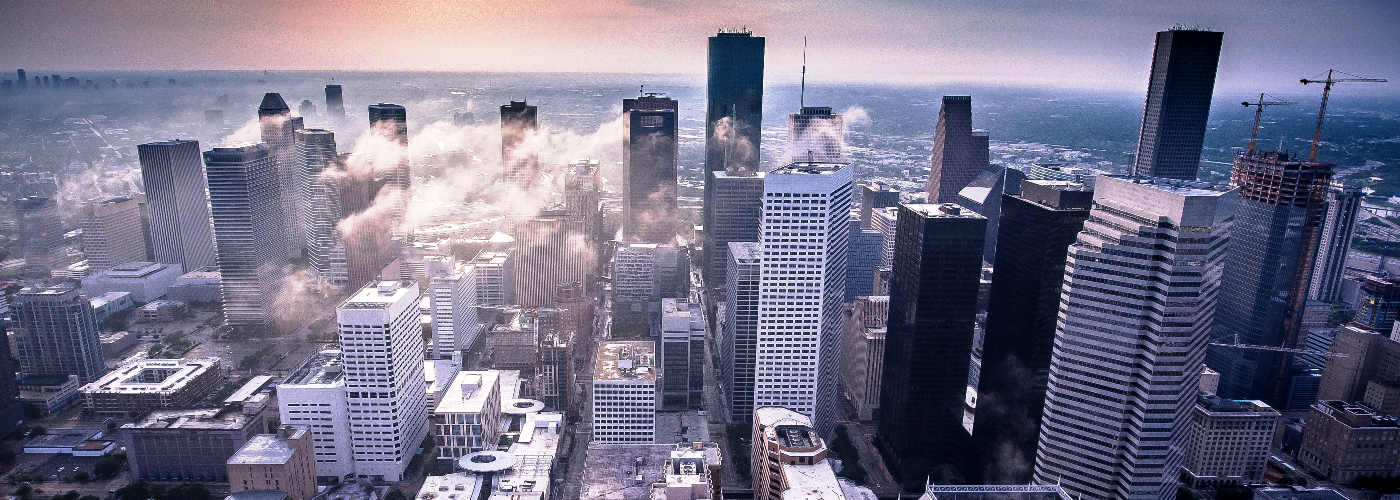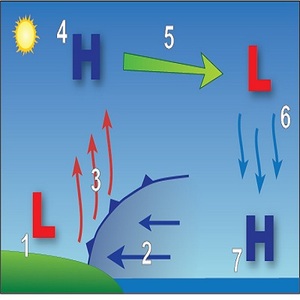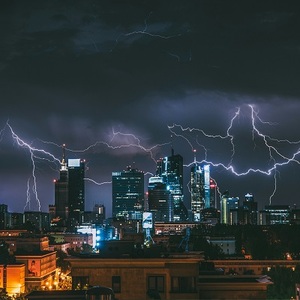

As detailed in a previous article, compared to rural areas, the buildings and roadways in cities tend to absorb more energy from the sun, thereby retaining more heat in an effect called the “urban heat island,” or UHI. Aside from simply creating a warmer local climate for metropolitan areas, UHI, when combined with increased human-made air pollutants, called aerosols, in the vicinity of cities can also work to increase the intensity of thunderstorms, as shown in a 2020 study led by scientists at the U.S. Department of Energy's Pacific Northwest National Laboratory.
In this study, the team used data from a real-world thunderstorm which affected the Houston, TX metro on June 19, 2013. In order to test the difference that UHI and human-made aerosols had on the intensity of the storm, the team input the atmospheric data into a weather forecasting model, with different runs of the model having either no urban land, and/or no aerosols.
What they found was that compared with the simulations with no urban land, the simulations that accounted for the city of Houston produced rainfall a full half an hour sooner. Also, the storm produced was 60% stronger, its precipitation rate increased by 45%, and the total rainfall was increased by 26%, in the simulations with the urban landmass and aerosols.
The reason behind this enhancement of storms by UHI and human-made aerosols, has to do with their interaction with the sea breeze off of the Gulf of Mexico in the vicinity of Houston. The cooler, denser, and moister air working northward from the Gulf encountered the warmer and less dense air above Houston forcing this warmer urban air to rise. At the same time, this urban air was filled with human-made aerosols which served as nuclei onto which water vapor could condense. While the sea breeze still occurred without the effects of the Houston metro, its winds were strengthened, and the subsequent precipitation was enhanced by the combination of UHI and aerosols.

